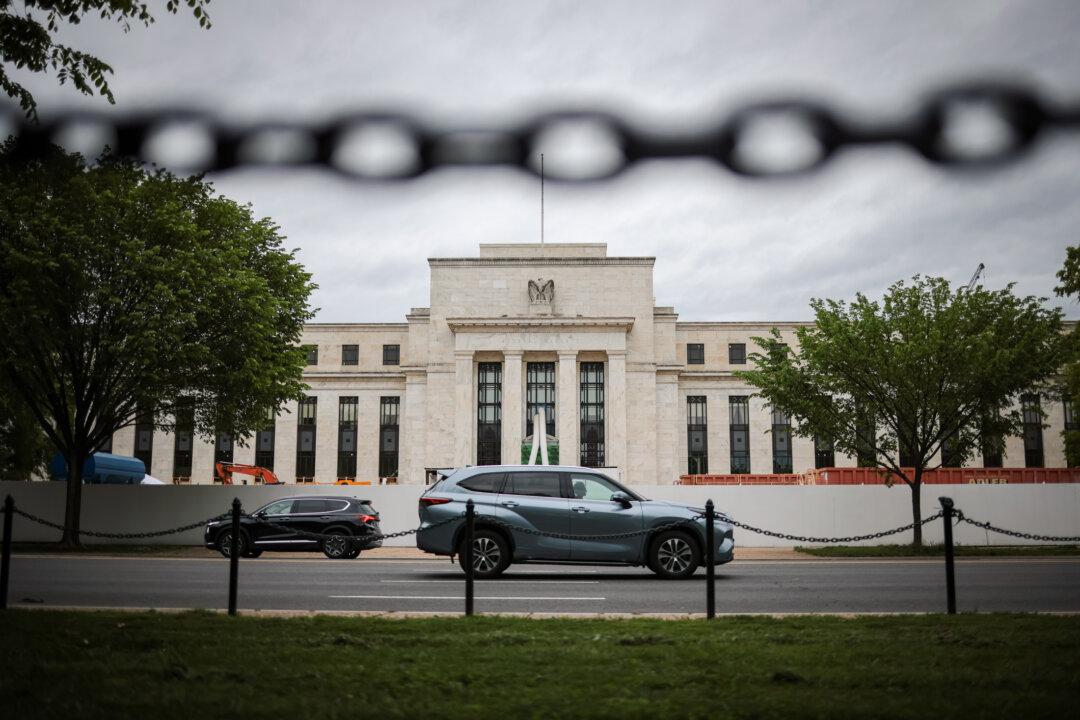Commentary
The Chinese Yuan’s (Renminbi, CNY) recent depreciation aroused concerns. It had been steady before the summer but all of a sudden it depreciated by a few thousand points against the U.S. Ddollar (US$). In the past five months, it went from an exchange rate of 6.37 to 7.00, a depreciation of exactly 10 percent.





